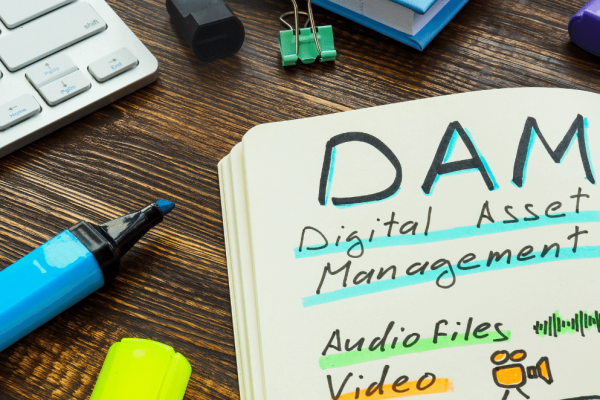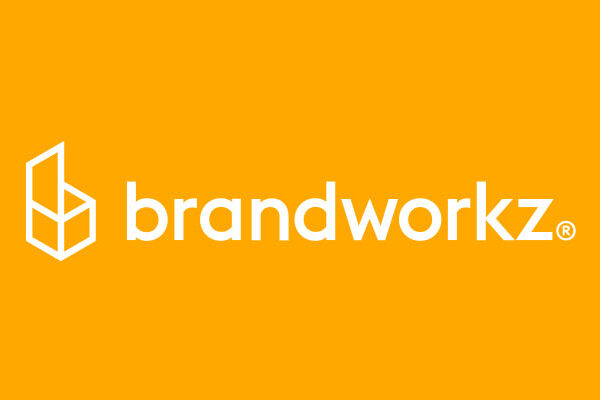What makes popular corporations such as Amazon, Netflix, and Nike stand out from the rest of the competition? The answer is simple – they have invested plenty of time and resources into their brand perception to ensure a consumer base that is both strong and long-lasting.
Branding itself is a set of experiences, memories, stories, and ideas that you put out into the world to convey what your brand represents. On the other hand, brand perception is what your CUSTOMER believes your brand represents.
Of course, how you and how your customer sees your brand would ideally be the same, and, in most cases, it is. However, it’s worth noting that a strong brand perception goes way beyond picking the appropriate colours and logo design. You want to develop a wholly positive brand image that is true to your company, unique to your marketplace, and promotes mutually rewarding relationships with your customers.
Creating an effective brand perception strategy can be complicated, especially regarding issues like the disparity between online and offline channels. Luckily for you, this post will delve into the four steps required to manage and control your brand perception online and offline. So, keep reading to find out more.
Suggested reading: For detail on the ins and outs of brand consistency, check out our in-depth guide: The Brand Consistency Toolkit
Step 1. Branding (and brand consistency)
Brand consistency is crucial in developing and securing both a loyal customer base as well as an effective branding strategy for the long term. Maintaining a high level of consistency is all the more important regarding how your brand will be perceived. You’ll not remember, let alone respect, a brand with wildly different messaging across its channels.
The robustness that many businesses require for their branding is built using elements like:
Brand guidelines
Brand guidelines outline all the ingredients that are required to generate consistency that can withstand the test of time and various platforms. These guidelines act as the recipe for the ideal cake for every occasion. If used appropriately, brand guidelines can enable you to come up with end results that are always on-brand yet leave ample opportunity for creativity. Elements of your guidelines would include the logo, typography, tone of voice, as well as visual brand style and visual branding guidelines. Each element should also include examples of what the ideal final product should look like.
Digital and Print templates
The most suitable way of ensuring consistent branding requirements and messaging can be used by everyone within your team is by using digital and print templates that offer personalised, accessible, and pre-approved elements. These are especially helpful in keeping your branding consistent across all potential channels and different markets, whether they’re online or offline.
Digital Asset Management (DAM)
Digital assets are files like images, documents, videos, and such that are stored either on in-house servers or the cloud. Considering the role of digital channels in the success of a business, improving digital assets should be every business’s top priority. There are several great digital asset management (DAM) options in the market today that you can consider. When looking for a great DAM, you should look for the following capabilities:
- Simple downloading.
- Metadata creation.
- Indexing and encoding.
- Review and auditing notifications.
- Seamless integration into the rest of your marketing stack.
Pro tip: Check out our article What is Digital Asset Management? to learn more about what DAM involves and how your brand can benefit from its implementation.
Step 2. Delivery
As a business, the products or services that you’re offering must live up to your branding. As a brand manager, you can do so in two ways:
Optimisation
Here, you should ensure that everyone within your team understands your brand guidelines comprehensively, make your digital assets easy to access and visible, manage the ongoing creation process, and have a clear picture of your digital channels. Basically, constantly look for ways to make your existing processes all the more efficient.
Streamlining your process
The actual delivery process of your branding needs to be done as smoothly as possible. Incorporating helpful elements like self-access capabilities and an automated publishing procedure will not only standardise your overall delivery approach but will also make it all the easier to involve other members of your organisation if need be.
Keep in mind that the more consolidated your brand toolset is, the easier your delivery process becomes. You risk confusion and an inconsistent final product when you use numerous avenues to market your brand. So it’s important to have a brand management solution that solidifies and simplifies your brand’s message to increase your brand’s success.
👉 Start your journey to consistency with the Brand Consistency Toolkit now! 👈
Step 3. Evaluation
Tracking and measuring brand perception is crucial to your business because it helps you determine if you’re meeting your targets or not. Even after you’ve attained your targets, you should keep tracking and revisiting brand perception, understand what’s behind it, and adjust accordingly. External factors like new trends could hugely impact how people view your brand. If you’re going to be measuring your brand perception on an ongoing basis — which you should — then you better be prepared to react to market changes and trends.
You can evaluate your brand perception in two main ways:
Constant tracking
This involves staying aware of and receiving information regarding your brand and seeing what the final product looks like. Certain brand management tools can help you create workflows that let you and any number of members within your team deliver real-time feedback to each other, creating an effective approvals process that guarantees a polished product.
Revisit your process
To do this, you should conduct demos and surveys from time to time throughout the process. Revisiting helps you to spot any loopholes in your brand and make the necessary adjustments. Constant attempts at reevaluating your internal operations can foster a great work environment that makes your team members feel truly valued for their contributions.
Step 4. Feedback
I’m sure you’ve heard phrases like “you can’t afford to listen to customer feedback” or “businesses that listen to their consumers grow so and so times faster.” That’s because those phrases are correct. To effectively control your business’s brand perception, you must collect feedback from your customers and other stakeholders.
Customer feedback is important because it shows you the aspects of your service or product that are working well AND those that aren’t. It also makes the customers feel like they’re part of the business and that they’re highly valued, thereby building brand loyalty. Customers tend to appreciate when a business asks them questions and acts accordingly. When you get negative feedback, don’t worry! Negative criticism is great in the long run. It shows you what you need to do to keep up with the competition.
You can use customer feedback to control brand perception in two ways:
Effective communication channels
One of the most effective communication channels is the customer service AI chatbot. A chatbot can help you collect plenty of data on what customers want. You can make your assumptions regarding a customer depending on your observations. You can do so either through online surveys, open interviews, sales calls, or on-page bots.
Social media
You’d be hard-pressed to find a single brand that doesn’t use social media in some shape or form. With that being said, plenty of brands make the mistake of simply making a few online business accounts without fully utilising the benefits of having social media in the first place, the major one being that it offers a direct chain of communication between you and your customers. Routinely checking your direct messages and mentions is obviously important, but do also take advantage of search tools on platforms to see what people are actually saying about your brand that they may not necessarily be saying to your face. An effective way to do this would be by employing social listening tools to track and report your brand’s mentions on social media, leaving the process of analysing and drawing insights entirely up to you.
How brand management software makes it easy
To recap, effective brand perception management requires investing time and effort into these four factors – brand consistency, delivery, evaluation, and feedback. It may seem like a complex task, but with the right technology and processes, it all becomes simplified and consolidated in one platform. That is where brand management software comes in.
It’s one of the most effective brand management tools in the market presently, especially in enhancing your brand perception. The technical capabilities of brand management software allow you to stay on top of your branding, brand consistency, and delivery to ensure that all the other steps in the process run smoothly in turn. Moreover, tools like our product Brandworkz offer ways of managing your branding across online and offline channels so that your brand gets the widest reach possible without worrying about messing up along the way.
You don’t have to just take our word for it. Get in touch with us today to schedule a demo and learn more about how the right brand management software can help.





